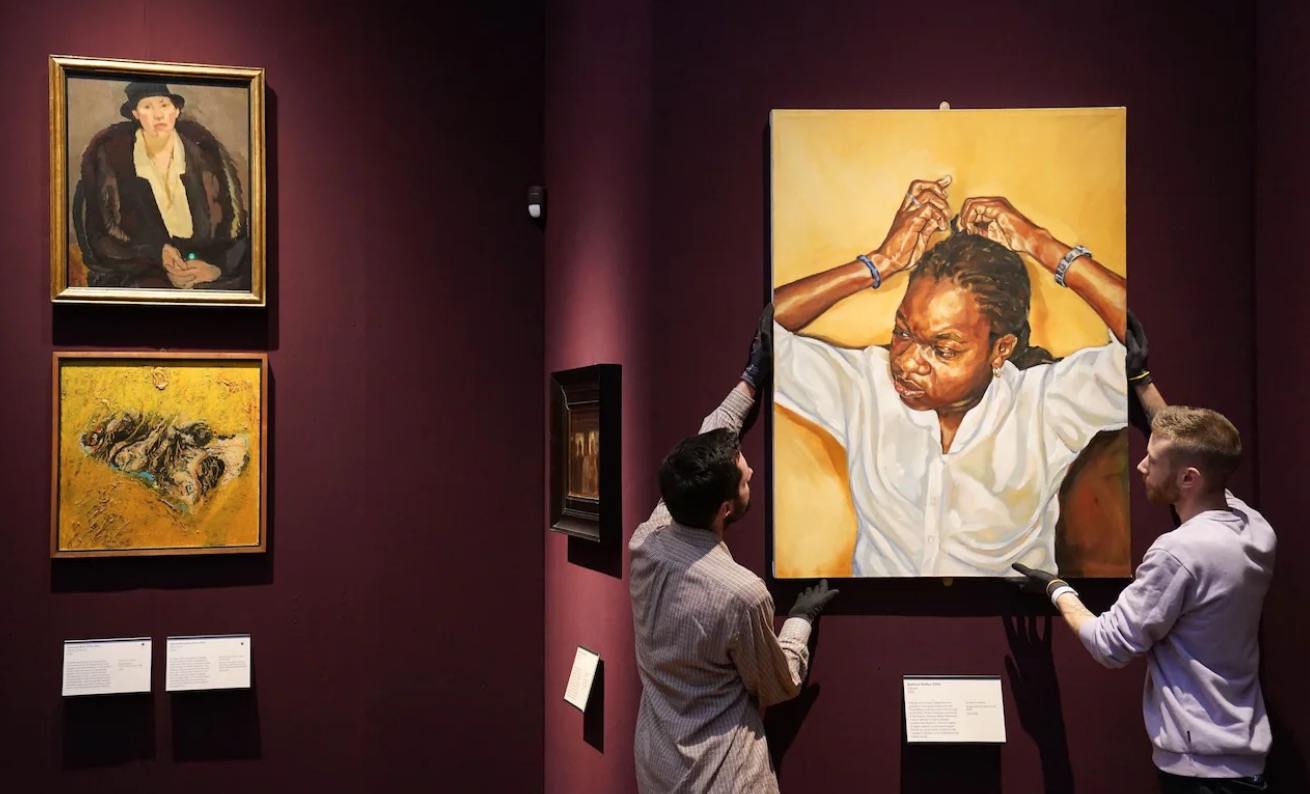If you’re an aspirant member of the 21st-century ruling class, you must be scrubbed free of place or history. That’s the message of a recent rehang in Cambridge’s Fitzwilliam Museum, which re-orders the gallery’s 208-year-old collections thematically.
In place of chronological rooms, new categories will include “Men Looking At Women”, “Migration and Movement”, and “Identity”. The director, Luke Syson, insisted this was “not woke”, arguing that “being inclusive and representative shouldn’t be controversial; it should be enriching.”
There is, of course, a range of views on how prominent a place the identity characteristics of artistic creators or subjects should be given, in assessing their meaning or value. But a more interesting, or at least less-discussed, aspect of the rehang is what it conveys about the elite-approved view of time and place.
The art historian John Berger characterised art as conveying “ways of seeing”, which is to say visual representations of what a culture deems important. Until the latter half of the 18th century, formation in such “ways of seeing” was largely for elites, and reached the masses only in the context of church architecture and paintings. Subsequently, a similar sense of awe and sanctity came to be conveyed by public museums and galleries, often deliberately constructed in styles that mimicked religious spaces, and funded by philanthropists as part of a wider project of public education.
The “ways of seeing” encountered in these spaces were thus accorded an implicit air of holiness by the cultural form of museums as such, not just as individual works but also in the worldview they conveyed in aggregate. More recently, this aspect of museums has been itself the subject of debate; we can assume Syson is intimately familiar with these meta-critiques, and thus that the “ways of seeing” conveyed by the Fitzwilliam rehang have been compiled with minute attention to this dimension.
In this light, two features of the rehang stand out: its abandonment of chronology, and its ambivalence about landscape. In a room displaying a Constable painting of Hampstead Heath, for example, the commentary observes that “pictures of rolling hills” may inspire “pride towards a homeland”, but that this has a “darker” side: “the implication that only those with a historical tie to the land have a right to belong”. This dismissive attitude to the cumulative meaning accorded by time continues in the dissolution of chronological collections in favour of thematic ones.
This makes sense. Like an individual’s place of birth and upbringing, history in general is particularist and exclusionary by definition. What happened to me didn’t necessarily happen to you. Where I happened to be born and grow up is an accident of fate, and so is the landscape and culture in which I feel most at home. Collectively, the history of one people is not that of another.
So it should be obvious why “inclusion” requires downplaying time and place. It is not possible to make the case for equalising “the right to belong” between someone who arrived in a place yesterday and their neighbour who grew up there unless you dismiss the value of affections and meanings accumulated over time. Inclusion, in other words, requires all of us to view our surroundings without the layers of meaning accumulated through habit and familiarity. Equal belonging means, in practice, that no one can belong: we must all survey our surroundings with the detached, consumerist eye of a passing tourist. In turn, this means landscape paintings are problematic in direct proportion to how fully they convey intimate knowledge and love of a place.
It’s easy, then, to see why the Fitzwilliam should need rehanging, when you consider the broader ideology into which elite aspirants are educated in the 21st century: one that distils nations, cultures, and specific histories to costumes and cuisines, and in which all places and peoples are interchangeable. This ideology has already tacitly abolished nation states; its quintessential sacred space is not a church or a gallery but the placeless, transient, maximum-security anomie of an airport departure lounge. The Fitzwilliam rehang serves simply to confirm its “way of seeing” for the young elite aspirants flocking to Cambridge’s colleges today.











Join the discussion
Join like minded readers that support our journalism by becoming a paid subscriber
To join the discussion in the comments, become a paid subscriber.
Join like minded readers that support our journalism, read unlimited articles and enjoy other subscriber-only benefits.
Subscribe